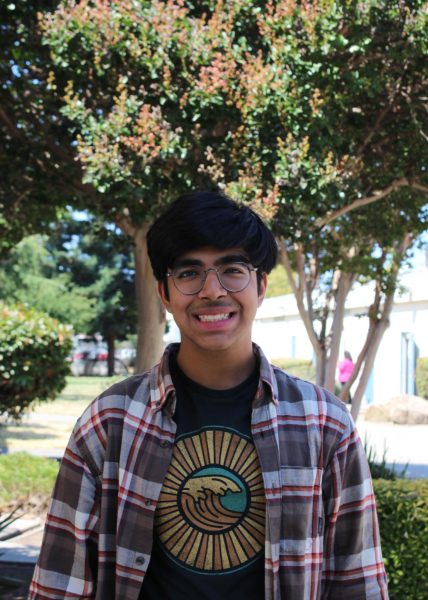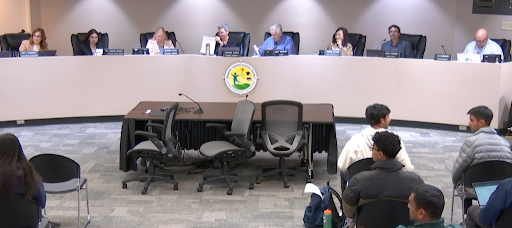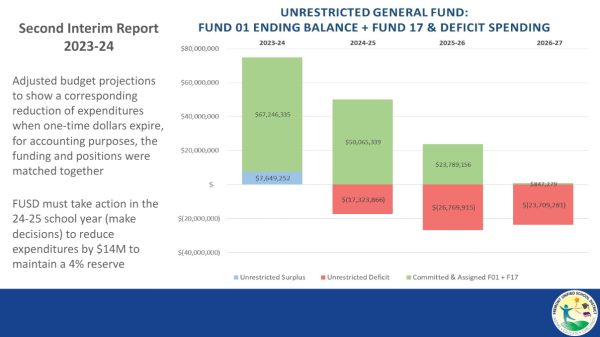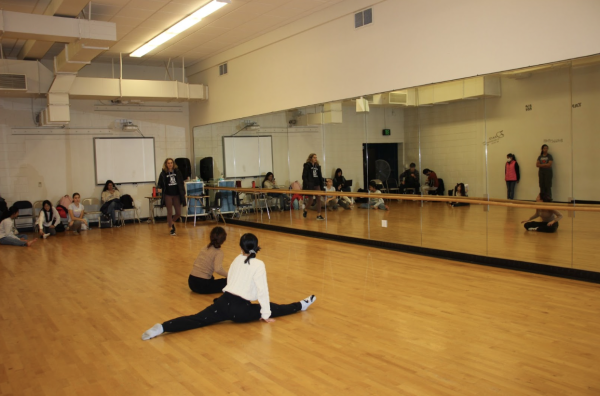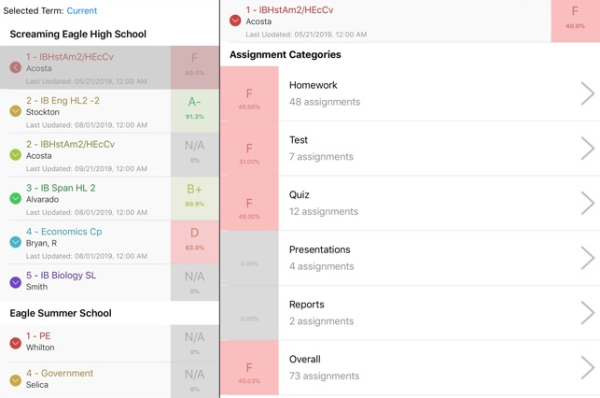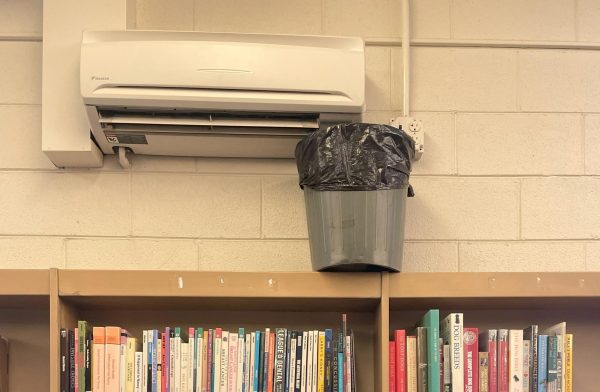Chat GPT at Irvington – Can Teachers Detect It?

Irvington students are working to complete assignments in an English class, which is especially susceptible to misuse of AI.
Harnessing the vast expanse of the internet, ChatGPT generates human-like text with unprecedented accuracy and fluency. The Research and Development team of OpenAI, ChatGPT’s creator, recently released this powerful language model that can respond to specific prompts submitted by the user. Although regarded as a monumental advancement in machine learning and artificial intelligence (AI), its use in the context of education has been in contention among students and teachers. Many teachers are concerned about students plagiarizing text from the technology by completing entire assignments and essays solely based on AI produced answers.
There are countless ways students can misuse ChatGPT—from cheating on exams to plagiarizing text, the technology has made it exponentially easier to deceive the educational system. In response to these vulnerabilities, some have taken it upon themselves to create technology that detects plagiarism from ChatGPT. One popular tool is GPTZero, created by a senior at Princeton University. This model has been downloaded by hundreds of thousands of users and can be used by teachers to distinguish between student and AI created work. This is the best current software to detect AI writing, though it is extremely easy for students to bypass. From our own testing, a singular comma mistake and verb-tense error—two common mistakes that students make in their writing—can throw off GPTZero and render it ineffective as a deterrent to plagiarism.
ChatGPT can assist students by providing them with personalized and accurate information, helping them with their assignments, and serving as a study aid. “ChatGPT is a really helpful starting point for my answers. It makes research so much easier,” says Barghav Balasubramanian (10). Still, teachers are not convinced given the likely possibility of misuse. Mrs. O’Connor, an AP English Language Teacher, explains, “Just like any other skill, you need to practice to develop your writing. As an aid to helping people, this tool can be really good. But as long as students misuse it, it’s going to be a problem.”
Subjects such as English and history are more susceptible to ChatGPT than others due to the nature of their answers. ChatGPT can easily write paragraphs when fed an English prompt or a Short Answer Question (SAQ) for history. Additionally, Advanced Placement (AP) classes have standardized rubrics developed by College Board to grade student writings, which makes student responses formulaic, causing AI-produced writing to be much harder to detect.
Math classes have already faced the issue of AI and apps solving questions for students with apps such as Photomath and Symbolab. These apps also show work for students to copy, which students could use on take-home math work. However, math teachers at Irvington have circumvented this issue by weighting homework less in a student’s grade compared to in-person assessments. But, for classes such as English and History, free response writing questions are essential to the curriculum and cannot be replaced solely by hand written assessments.
In an experiment, The Voice set up tests with teachers in English 12, AP English Language, and AP United States History to test whether they could differentiate between student and AI writings.
The Voice tested the performance of ChatGPT in English 12 by feeding it an in-class essay prompt regarding symbolism in the core reading novel, The Kite Runner. The AI-written paragraph, along with two student-written in-class essays, were presented to Mr. Mathew Phillips. For AP United States History, The Voice gave Mr. Julio Belmonte 3 SAQ responses: two timed typed responses by students and one written by ChatGPT. For our last subject, AP English Language, The Voice recruited Ms. Elizabeth O’Connor and presented her with a ChatGPT written essay in the format of an AP English essay, along with two student written timed essays.
In every subject The Voice tested, the teachers were unable to accurately detect which writing piece was written by ChatGPT. Additionally, in AP United States History, Mr. Belmonte gave the AI-written SAQ a perfect score according to the College Board Rubric. The teachers noted that a swift change in a student’s writing style is how they detect a possibility of AI usage in writing.
“Responses generated from ChatGPT are written in very proper language,” said Mr. Belmonte, APUSH teacher. “Students often use a lot more transition words between sentences, such as ‘so,”which is a strong indicator that it is actually a student’s own writing. Students also tend to write more than they need to, while AI writing is a lot more concise.”
However, even if a teacher does catch a student using AI writing, they are placed in a difficult situation. Irvington’s plagiarism school code does not currently cover the use of AI writing due to the recent rise of ChatGPT. Additionally, there is no concrete evidence that a student has actually used an AI source unless the student confesses. On the other hand, with plagiarized writing, teachers can compare the student’s writing against the original source. “Accusing students of using ChatGPT destroys my relations with my students,” said Mr. Phillips. “There is no real evidence of their crimes, so it is just an accusation which they can deny.”
Teachers in the English and history departments already have to spend many hours grading student essays. Now with ChatGPT, they have to balance grading essays and trying to detect AI writing at the same time. So, some teachers may simply turn a blind eye to the issue of ChatGPT writing. However, all teachers are aware of the issue and look forward to the future where more accurate softwares will be developed to aid them in detecting AI writing, similar to how Turnitin helps teachers detect plagiarism in writing. In this article itself, there is one AI-produced sentence to provide context regarding the difficulty to spot such work— try to find it!

